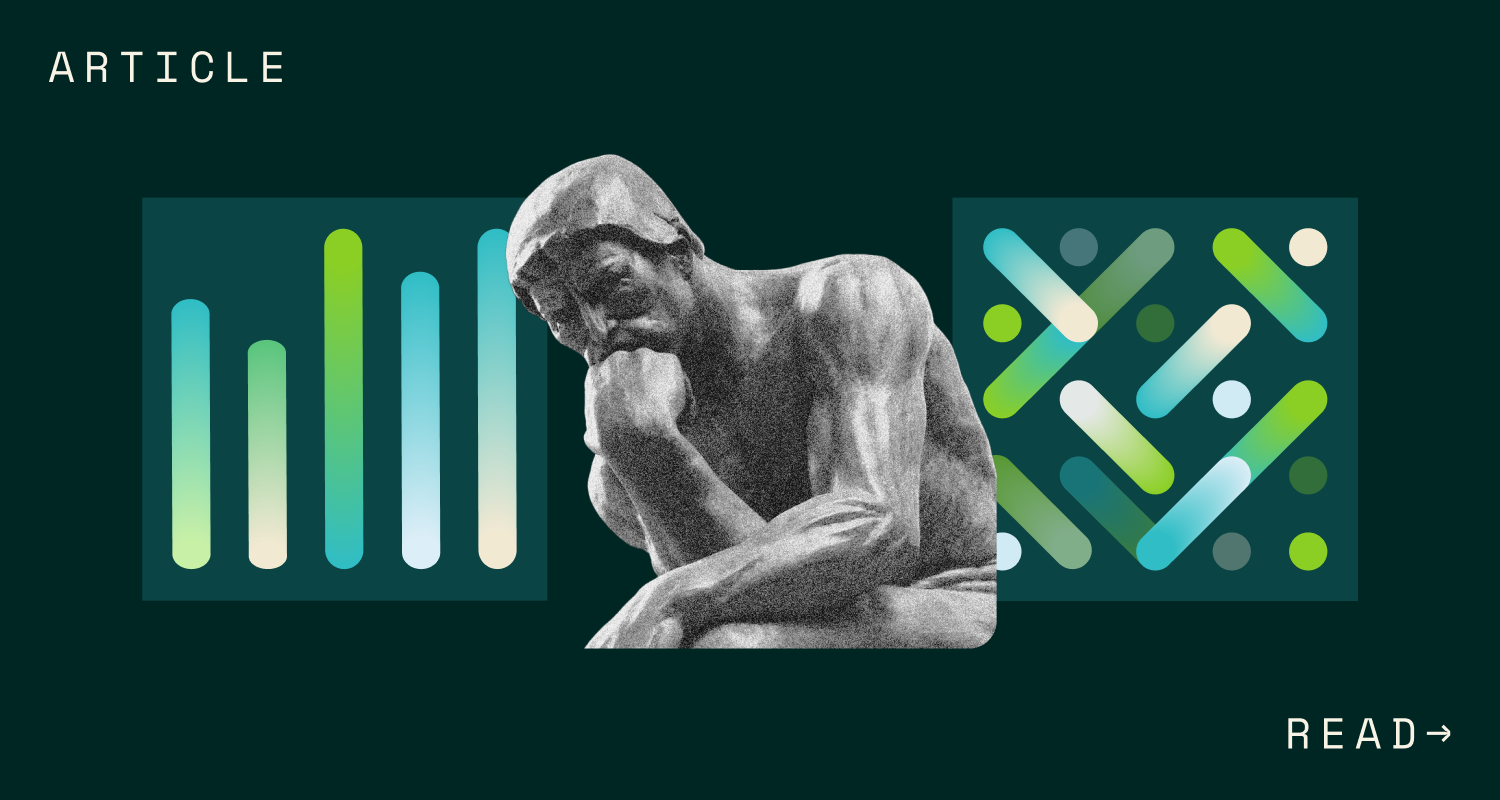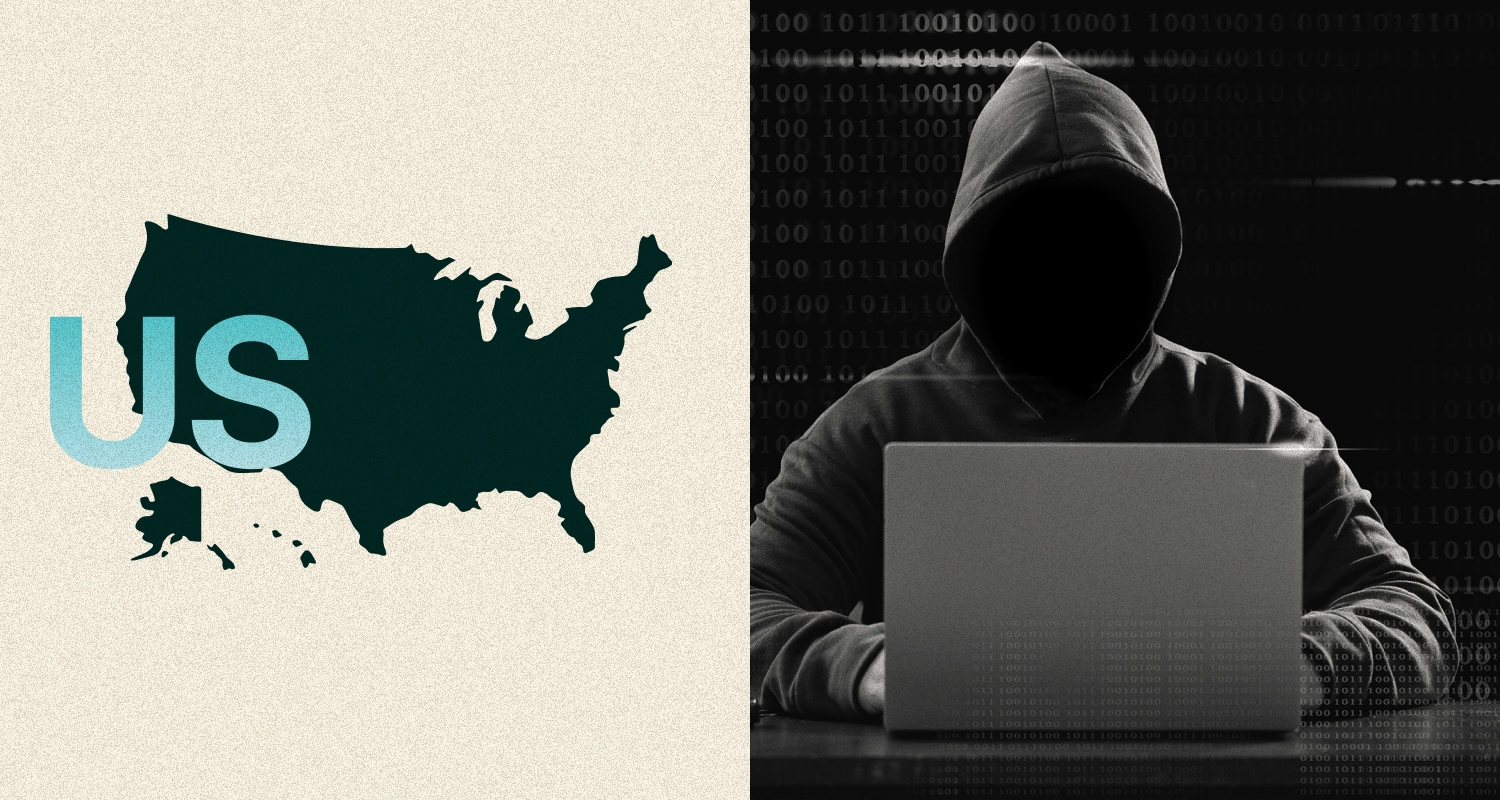In our interconnected digital age, cybersecurity is paramount for safeguarding your digital world. This blog explores essential practices, from strong passwords to advanced threat protection, ensuring your online safety. Let’s start securing your digital life.
What is Cybersecurity?
Cybersecurity is a multi-faceted discipline that involves securing digital assets, networks, and data from unauthorized access, alteration, or destruction. It incorporates practices from information security, network security, and computer science to create a cohesive protection strategy.
Cybersecurity is crucial for several reasons:
- Financial Loss Mitigation: Cyber-attacks can lead to direct financial losses, from ransom paid, to lost revenue due to service interruptions.
- Data Integrity: Ensures that data remains unaltered and trustworthy.
- Confidentiality: Protects sensitive data from unauthorized access.
- Availability: Ensures that services and data are available when needed.
Protecting Your Digital World: Simple/Best Cybersecurity Practices
Every day, we rely on the internet for various aspects of our lives, from staying connected with loved ones to managing our finances and accessing essential services. While the digital landscape offers immense convenience, it also presents significant risks.
Cyberattacks, data breaches, and identity theft are all too common, but you don’t have to be a tech expert to defend yourself. Whether you’re a beginner or just looking to reinforce your cybersecurity habits, these practical tips will help you navigate the digital world safely and confidently.
1. Strong, Unique Passwords: Your First Line of Defense
Your online accounts are like virtual fortresses, and your passwords are the keys to these fortresses. To protect your data, it’s crucial to use strong, unique passwords for each account. Ensure your online accounts are protected by following these steps:
- Length & Complexity: Choose passwords with at least 12 characters (the more characters used, the better), including a mix of uppercase, lowercase, numbers, and special characters.
- Unique Passwords: Don’t reuse passwords across different accounts. Each account should have its own distinct password. Using the same passwords for your personal accounts and your business accounts is very risky – if one gets compromised, the other one is also compromised.
- Password Managers: Consider using password manager tools like Keeper, Dashlane, or 1Password to securely manage and generate passwords.
2. Guarding Against Online Threats
- Antivirus Software: Install reputable antivirus and anti-malware software to detect and remove malicious software that could harm your computer.
- Virtual Private Networks (VPNs): When using public Wi-Fi, a trusted VPN encrypts your connection, adding a layer of security and privacy to your online activities.
- Public Wi-Fi Risks: Avoid connecting to public Wi-Fi networks. Hackers can exploit vulnerabilities on unsecured networks. Always use a VPN when connecting to public Wi-Fi.
3. Secure Social Media Practices
- Be Mindful: Be careful about the information you share on social media platforms. Cybercriminals can use this information for impersonation or to perform security attacks against you or your company.
- Privacy Settings: Adjust your privacy settings to control who can see your posts, personal details, and contact information.
- Two-Factor Authentication (2FA): Enable 2FA whenever possible to add an extra layer of security to your social media accounts.
4. Email Security and Phishing Awareness
- Phishing Threats: Avoid sharing personal, financial information, or passwords; and avoid clicking on suspicious links. Always verify the sender’s email address and double-check URLs before taking any action.
- Spelling Mistakes: Phishing emails often contain spelling mistakes and poor grammar.
- Urgent Requests: Attackers can send urgent emails asking for your information or urging you to take action. In these situations, slow down and think about the actions you take first.
- Email Attachments: Avoid opening attachments from unknown senders, as they may contain malware.
- Two-Factor Authentication (2FA): Use 2FA for your email accounts to prevent unauthorized access.
- Report malicious emails: You organization wants to know if you receive malicious emails so follow your company’s process for reporting those.
Remember, cybersecurity is a shared responsibility. By adopting these simple practices, you can protect your personal data and reduce the risk of falling victim to cyber threats.
Stay informed, stay secure!




